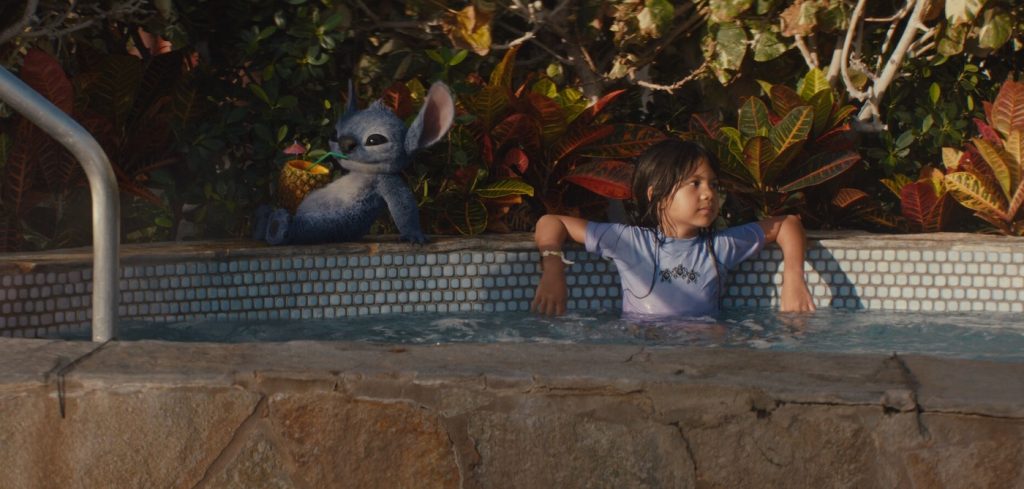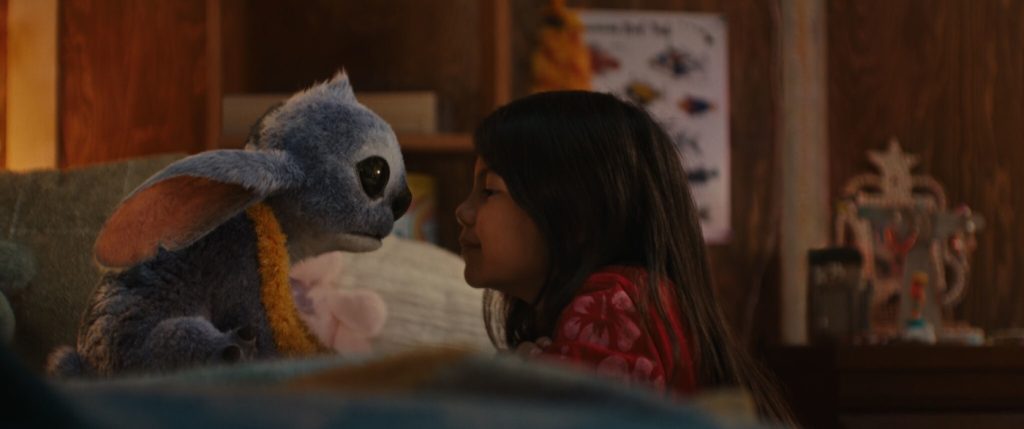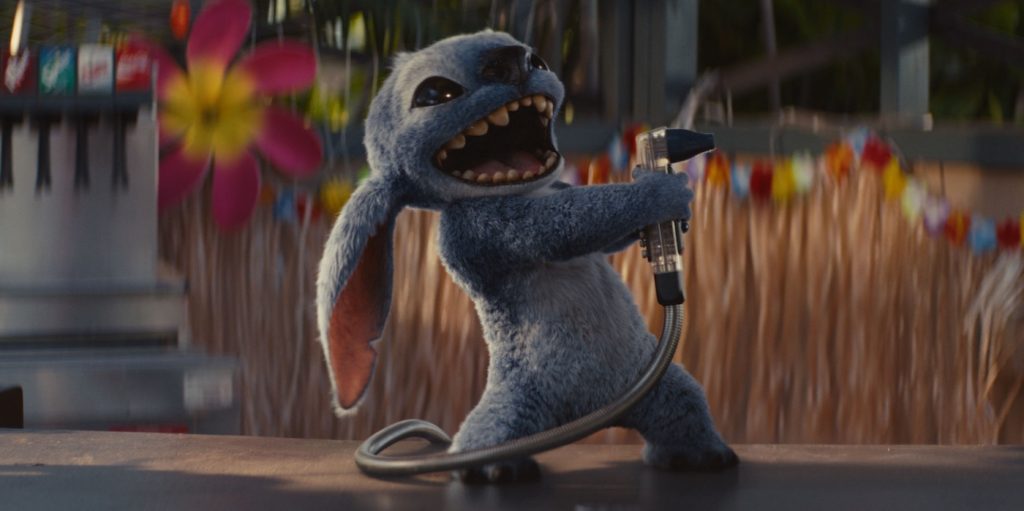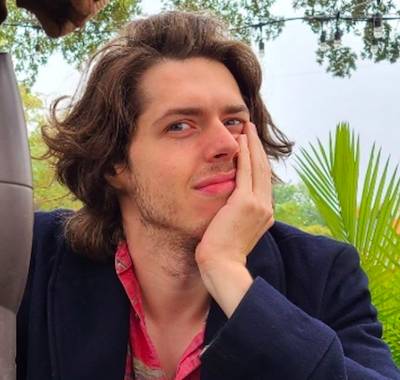Stitch, Surf, and Studio Magic: DP Nigel Bluck Takes Us Into the Wild World of the Live-Action “Lilo & Stitch”
Lilo & Stitch is charming audiences across the globe. Disney’s latest live-action remake, directed by Dean Fleischer Camp, is not only a box-office smash but also a heartfelt reimagining that has tapped into the power of Zillennial nostalgia in a big way. Based on the 2002 animated film, the new live-action Hawaii-set buddy comedy between young Lilo (Maia Kealoha) and her new alien pal, Stitch (voiced by Chris Sanders), is full of energy and light, thanks in no small part to cinematographer Nigel Bluck.
The shenanigans begin when, similar to the original, the alien experiment 626 – Stitch – escapes the grips of his planet and crash-lands on Kauaʻi, Hawaii. The alien meets Lilo, a fellow outcast. As alien and government officials close in on the rambunctious duo, Lilo & Stitch fight for each other and their home.
Prior to Lilo & Stitch, Bluck shot The Peanut Butter Falcon, The Unbearable Weight of Massive Talent, and 10 episodes of True Detective. Recently, Bluck spoke with The Credits about reimagining Lilo & Stitch and his varied career.
When you make a film like Lilo & Stitch, do you think along the lines of, “What appeals to the eye of a kid?”
I’ve got a son, who was nine or ten when we were making it, and I thought about him a lot. How he sees the world and what they need out of the film, which is often different from what we think we need out of the film. You have to be more succinct with your storytelling. You can’t be flowery at all with your visualization of anything. It’s got to be direct and to the point. They’re not there to reference the films that have been and come before. I think for kids, it’s very much in the now, what they want. That being said, they’re also astute in terms of realities, visual effects, and details of motion, so it works both ways with them. They’re less sophisticated and more sophisticated at the same time.
In remaking an animated film, how did you and Dean want to pay respect to the original while also bringing it into live-action?
Dean and I were after, above all, a sense of naturalism and grounding the story in a reality that pays homage to the animation, which was very much grounded in reality and very much the story of this local family and this island. I think that’s what we were trying to protect and create – something that wasn’t trying to light that up or beat that up or make that into a universe that was more “Disney-fied.” There’s nothing necessarily wrong with that, but it was an advantage, in a way, to have the animation as a precursor that was so successful and had such a brand on its own. That opened the door for us to continue in that direction rather than trying to transform it into something that was more cosmetically sealed, perhaps. That was the aim: to capture reality in the environments and in the performances.

One location that accomplishes this is Lilo and her sister Nani’s (Sydney Agudong) home. It has a feeling of history and warmth. How’d you want that location to ground the film?
The key thing about that location is that we built the house twice. We built the house on location for the exteriors, and we built the house in a studio for interior reasons. Primarily, we were working with a 9-year-old girl who has specific windows of time during which she can and cannot work. When you are working with that governor, as it were, that’s why the decision was made to go into a studio. So we were never at the mercy of the weather, which is robust and unpredictable sometimes, being on an island.

You’re a cinematographer who prefers being on location, right?
I really like shooting on locations and seeing the reality of the environment outside. There’s a lot of me that wanted to shoot everything – just build the house once and just run inside when the weather gets bad. It became a challenge of how to then light this house on stage, keep the reality that we’re trying to imbue through all the rest of the film, and create a sense that the real world is outside those windows.
On the island, what did you appreciate about the light?
We’re always trying to keep everything even in cinematography and consistent for the sake of the scene and the edit, and not pointing to ourselves. The work is usually about keeping the reality of the wavering weather to something that looks either sunny or not. Whereas on the island, it has that, and to a certain point, I just embraced that. The reality is, it changes every five minutes. As long as it’s not jarring, I tried not to be too afraid of that and allow things to change a little more, perhaps, than I was used to curating on set.
Is shooting on the ocean still as challenging as the days of Jaws?
You’re on this merciless, changing platform that changes all the time. It’s very difficult, even on the most placid days. You have to be very careful about what you bite off and try to be as organized as possible. We had an incredible water team on the film, who were largely made up of veteran watermen and women who live and breathe that ocean and are at home there. It was a real privilege and a massive contribution from the Hawaiian people, the team, and the culture that has made this movie what it is today. Those surfing scenes and underwater scenes – I don’t think we could have manufactured them anywhere else without that expertise and that incredible dedication from those people.

What were your lighting references for Stitch? What did you use in the CG character’s place on set?
We had a beautiful mock-up of Stitch in correct proportions, correct fur, just very real-looking. Amazing puppeteers basically brought it to life. We always shot references of everything. The rule was that whatever potential reality pertains to the character, he’s just living it in that environment. We weren’t going to light him out at all or try to put any kind of special treatment on him. Grounding him was the aim, which was just trying to light the scene, let him be in the scene, not lighting that character out of the scene.

Your body of work – this film, True Detective, and The Peanut Butter Falcon – is a wide variety. When your career started, what was your ambition for the stories you wanted to tell? Is the cinematographer you are today the cinematographer you hoped to be?
I’m working towards it. As a very serious film student, I was a little more high-minded about it all, perhaps. I still am, in terms of what I watch and what I love. It’s very easy to make the stories that come naturally to me, but working outside of your comfort zone and examining from a different angle always comes up with something interesting. It’s good for my process. I just want to continue changing all the time and working in different genres. It’s a reinvention every time. For me, it is one of the greatest privileges I have as an artist: to walk into these worlds, which are new every time, and explore ways of creating them.
Lilo & Stitch is in theaters now.
Featured image: L-R) Maia Kealoha as Lilo, Stitch and Sydney Agudong as Nani in Disney’s live-action LILO & STITCH. Photo courtesy of Disney. © 2025 Disney Enterprises Inc. All Rights Reserved.



